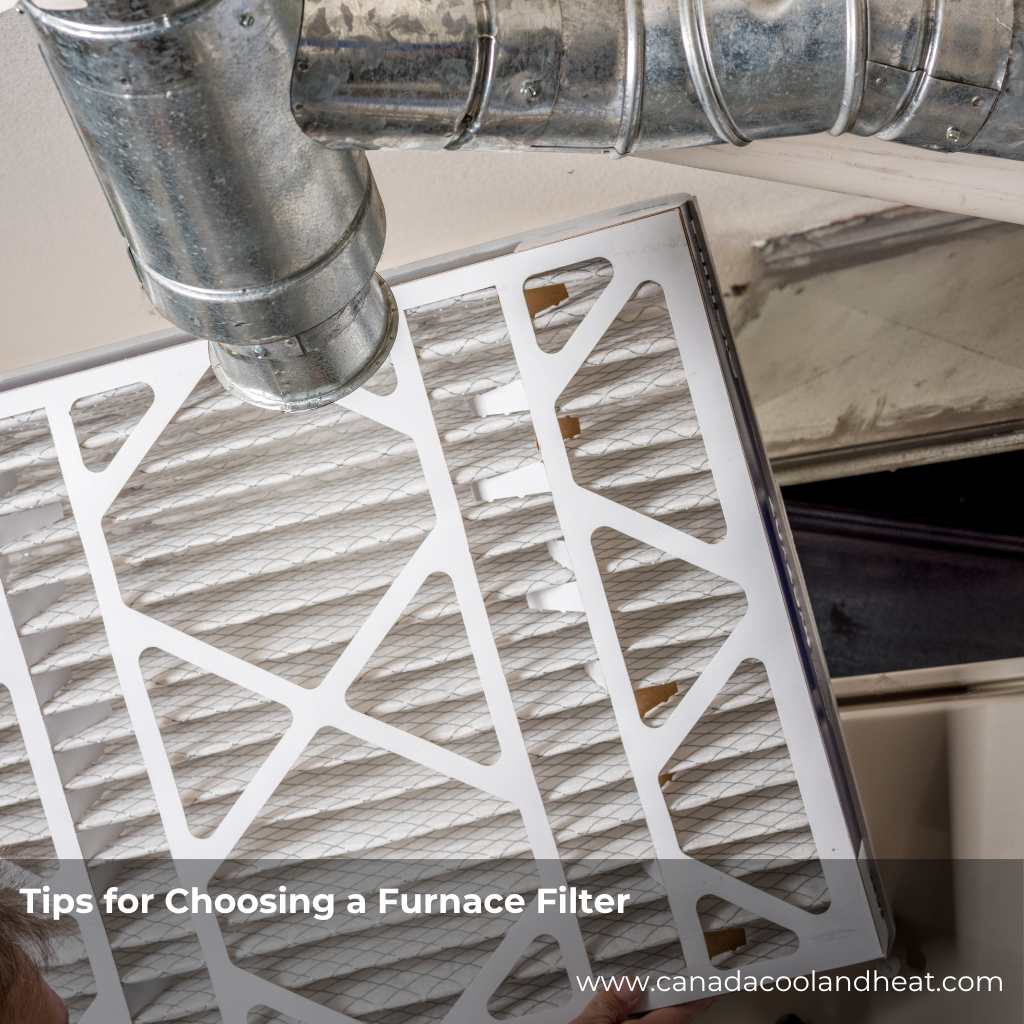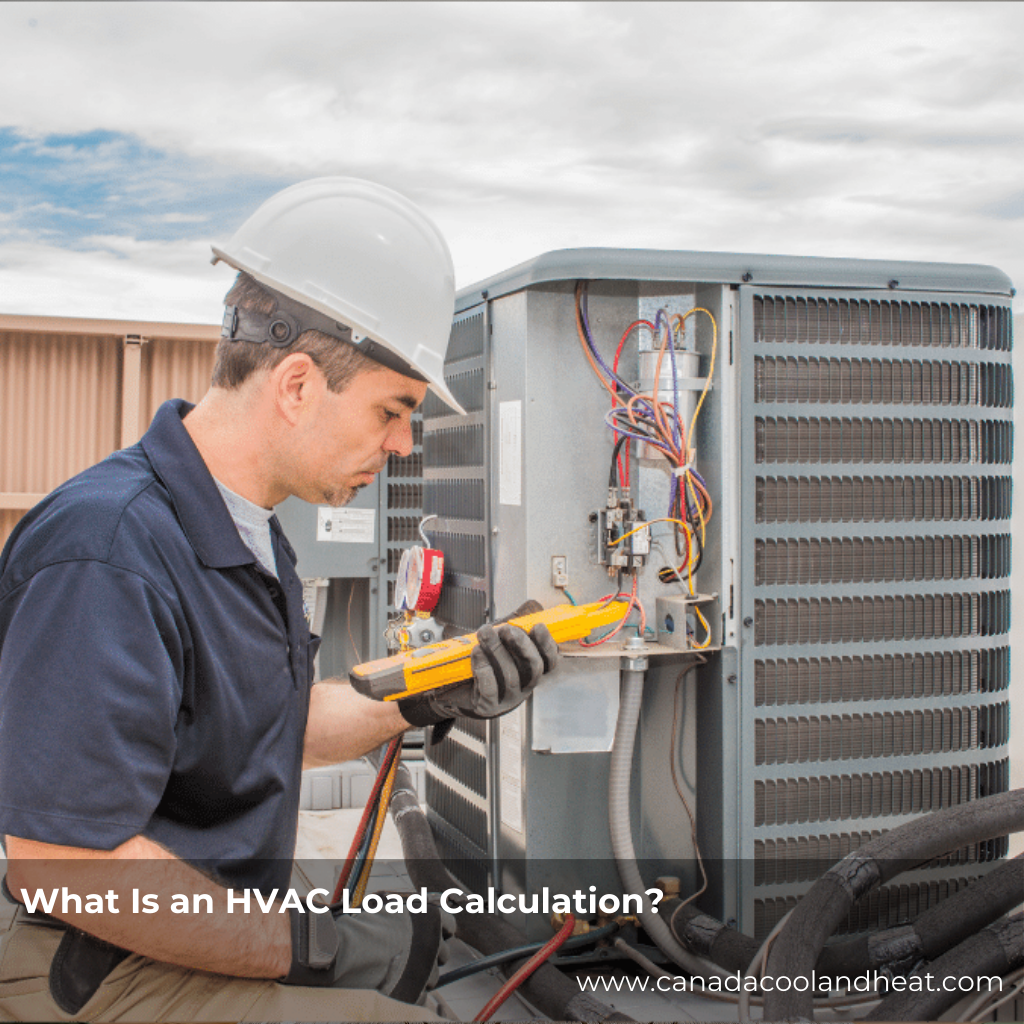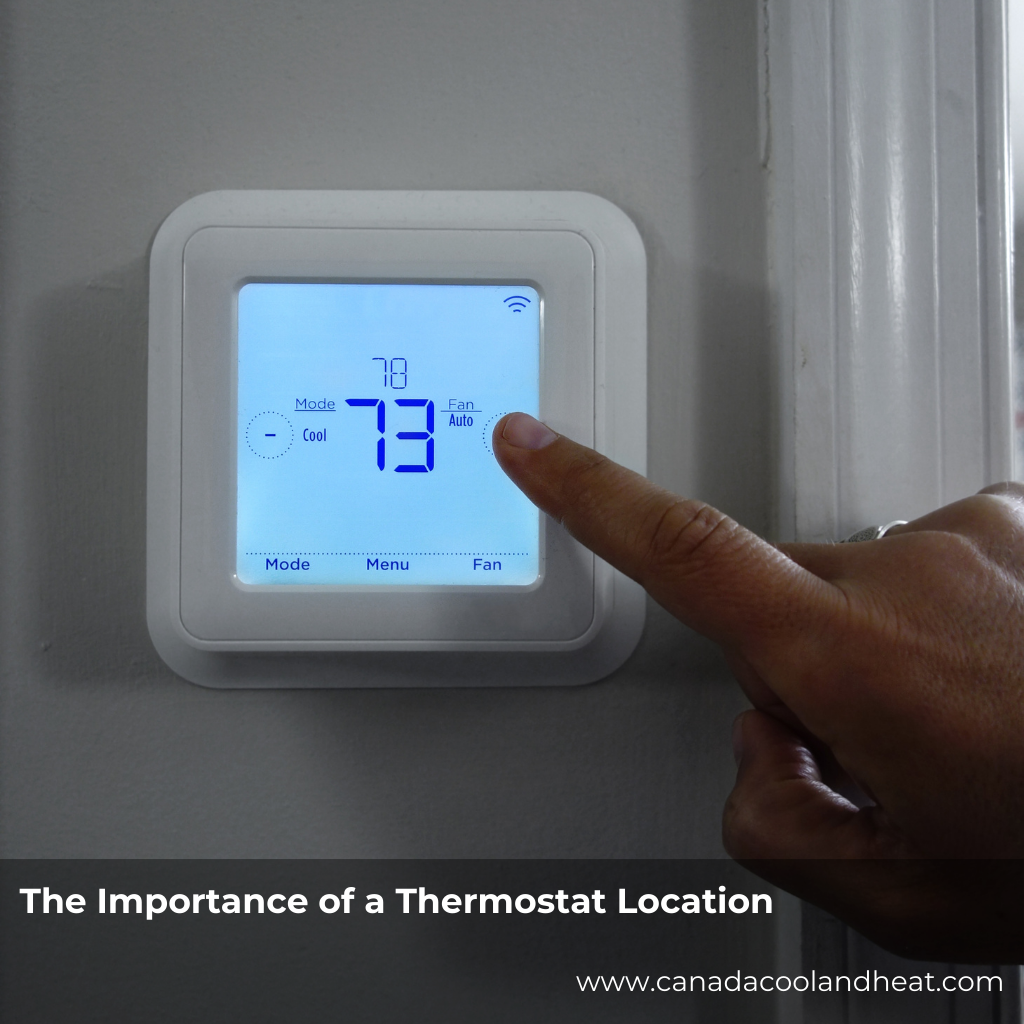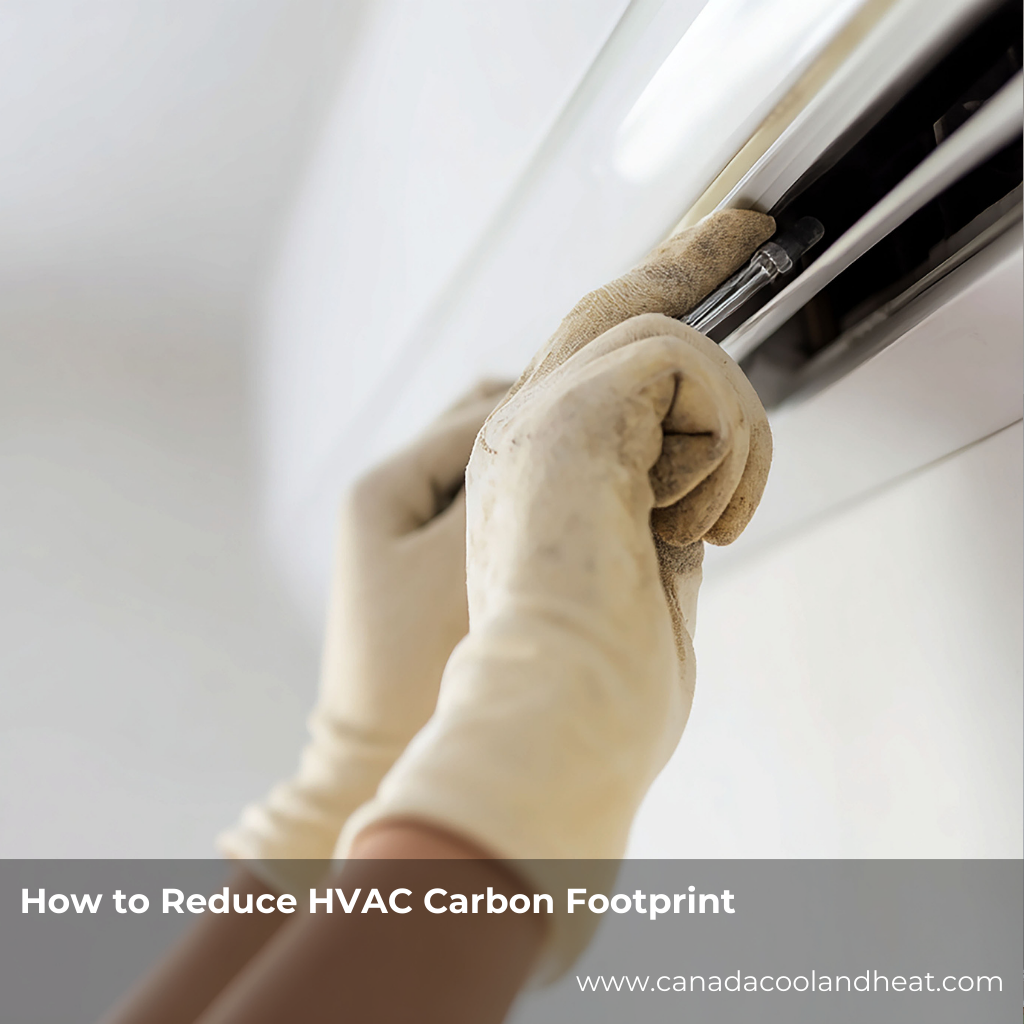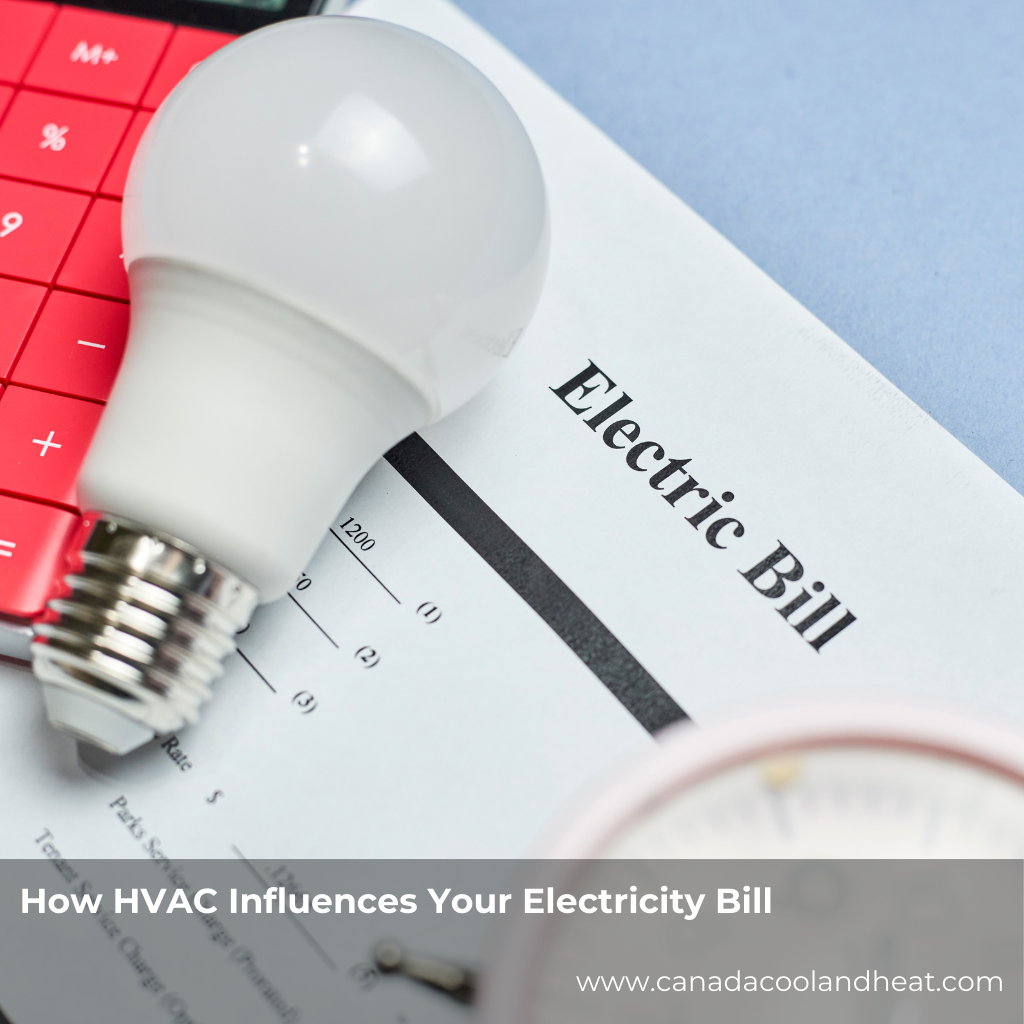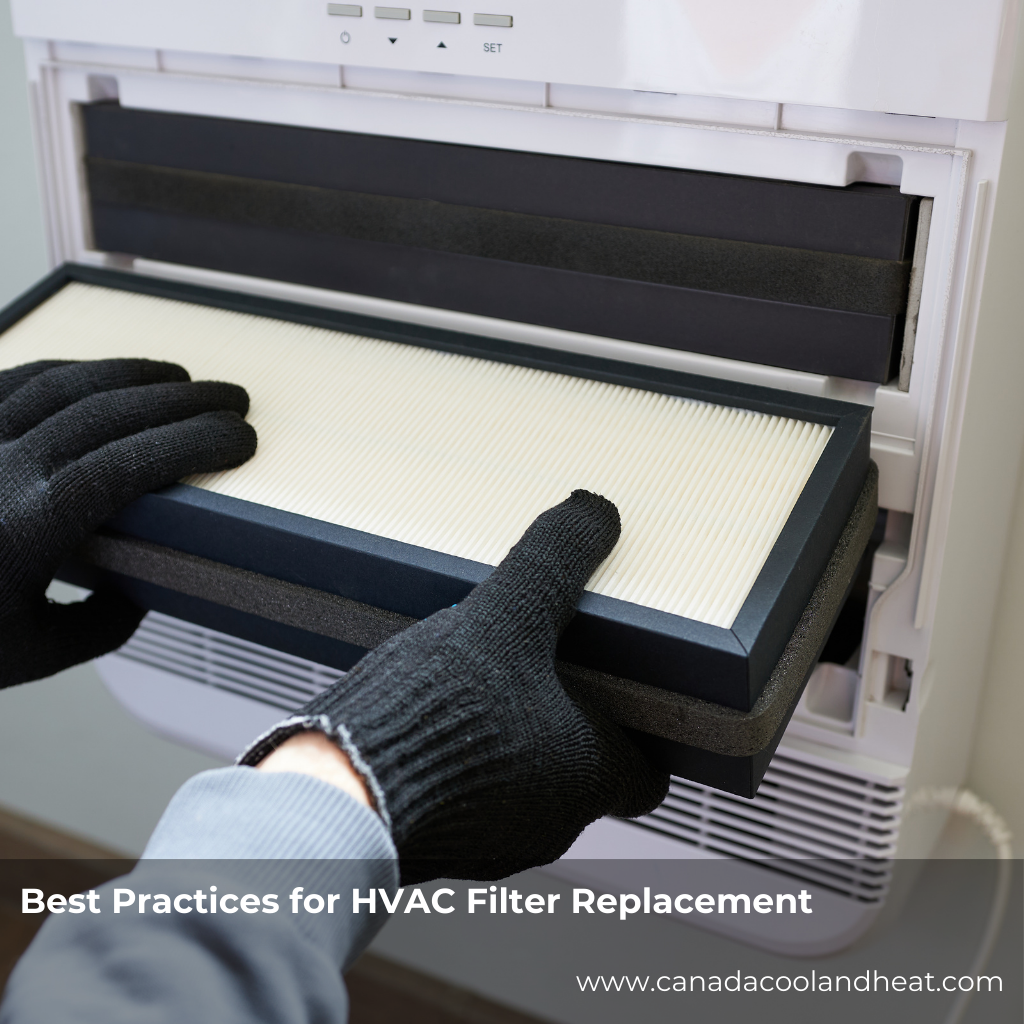The Heart of Home Airflow: How Your HVAC and Vent Hood Interact
Your kitchen’s vent hood is designed to whisk away cooking odors, smoke, and grease particles. But what many homeowners don’t realize is that powerful range hoods can disrupt the delicate air balance your HVAC system maintains.
When your vent hood draws out air, that air must come from somewhere — often, it’s pulled in from other parts of the home or even from outdoors through tiny leaks or vents. This process can slightly negatively pressurize your home, especially if your hood is oversized or lacks proper makeup air.
Here’s how it plays out:
-
Strong suction from large vent hoods can cause your HVAC system to work harder to replace the lost air.
-
Poorly balanced airflow can lead to backdrafting from gas appliances or inconsistent temperatures in nearby rooms.
-
The furnace filter ends up catching more airborne particles as your system compensates, making filter choice and replacement frequency even more important.
That’s why choosing the right furnace filter — and understanding how it fits into your home’s ventilation strategy — can make a world of difference.
Why Furnace Filters Matter for Kitchen Air Quality
Your HVAC filter does more than just protect the furnace from dust. It’s the front line of defense for your indoor air quality. Cooking releases not only odors but also fine particulate matter, especially when frying, grilling, or baking.
When your kitchen vent hood pulls these particles into the air ducts or adjacent spaces, the furnace filter catches them before they recirculate throughout the home. A quality filter keeps:
-
Cooking grease from coating HVAC components.
-
Dust and smoke particles from re-entering living areas.
-
Allergens and bacteria from spreading through the system.
In short, your filter becomes part of the kitchen’s ventilation story — quietly maintaining balance and cleanliness behind the scenes.
Choosing the Right Furnace Filter: What to Look For
When it’s time to replace your furnace filter, don’t just grab the first one that fits. Here’s what to keep in mind:
1. Check the MERV Rating
The Minimum Efficiency Reporting Value (MERV) tells you how well a filter traps particles.
-
MERV 1–4: Basic dust and lint protection — suitable for homes with minimal air quality concerns.
-
MERV 8–13: Captures fine dust, pollen, pet dander, and cooking particles — ideal for most households.
-
MERV 14+: Used in hospitals or specialized systems — too restrictive for standard HVAC setups unless specified by a technician.
For kitchens with frequent cooking, a MERV 10–12 filter often offers the best balance between filtration and airflow.
2. Match Filter Size to Your System
A filter that’s too small lets unfiltered air bypass it; one that’s too large simply won’t fit. Always check your HVAC manual or existing filter dimensions before buying replacements.
Common sizes include:
-
16×20×1 inches
-
20×25×1 inches
-
16×25×4 inches (for high-efficiency systems)
3. Consider Material and Longevity
-
Fiberglass filters are inexpensive but need frequent replacement.
-
Pleated filters capture smaller particles and last 2–3 months.
-
Electrostatic filters use static charge to attract particles and can often be washed and reused.
If your vent hood sees heavy use, opt for a pleated or electrostatic model for improved performance.
Balancing Vent Hood Power and HVAC Airflow
One of the biggest mistakes homeowners make is installing an oversized vent hood — bigger isn’t always better.
Here’s a quick sizing guide:
-
For electric cooktops, plan for 100 CFM (cubic feet per minute) of airflow per linear foot of stove.
-
For gas ranges, aim for 150 CFM per linear foot to handle the extra heat and moisture.
A typical 30-inch range may only need a 250–400 CFM hood. Anything more powerful should include a makeup air system to supply fresh air and prevent negative pressure that can strain your HVAC system.
If your home feels drafty when the hood runs, or doors close themselves slightly, that’s a sign of imbalance — and your furnace filter will likely show the effects faster than usual.
Maintenance Tips for Healthy Airflow
To keep your HVAC and vent hood working in harmony:
-
Replace your furnace filter every 60–90 days (more often during heavy cooking months).
-
Clean your vent hood filters monthly — especially if you fry foods often.
-
Schedule annual HVAC inspections to ensure ductwork and fans are clean.
-
Check for air leaks near kitchen windows or doors; seal them to prevent pressure issues.
-
Monitor indoor humidity levels — proper balance helps your filters and ducts perform better.
Conclusion: Clean Air, Balanced Comfort
Your kitchen is the heart of your home, but without proper ventilation, it can also be a hidden source of air imbalance. The connection between vent hoods, HVAC systems, and furnace filters is a dance of airflow — one that keeps your air cleaner, your energy bills lower, and your comfort level higher.
Next time you change your furnace filter, take a moment to think about the invisible teamwork happening between your vent hood and HVAC system. The better you balance them, the fresher your entire home will feel.
FAQs
1. How often should I replace my furnace filter if I cook frequently?
Every 60 days is ideal for homes with regular cooking. If you notice lingering kitchen odors, consider replacing it monthly.
2. Can my vent hood really affect my HVAC system?
Yes! A powerful vent hood can alter air pressure in your home, forcing your HVAC to pull in replacement air and work harder.
3. What happens if I use a filter with too high a MERV rating?
It can restrict airflow, reduce system efficiency, and strain the blower motor — always follow your HVAC manufacturer’s recommendations.
4. Should I run my HVAC fan when cooking?
Yes, running the fan helps circulate air and supports your vent hood in removing pollutants more evenly.
5. Do vent hoods need makeup air systems?
For hoods rated over 400 CFM, building codes often require a makeup air source to maintain pressure balance.
6. How can I tell if my kitchen ventilation is unbalanced?
If you notice drafts, slamming doors, or uneven heating/cooling, it may indicate negative air pressure from your vent hood.
7. What’s the best furnace filter for kitchen-heavy homes?
A MERV 10–12 pleated filter typically offers great filtration for homes that cook often.

